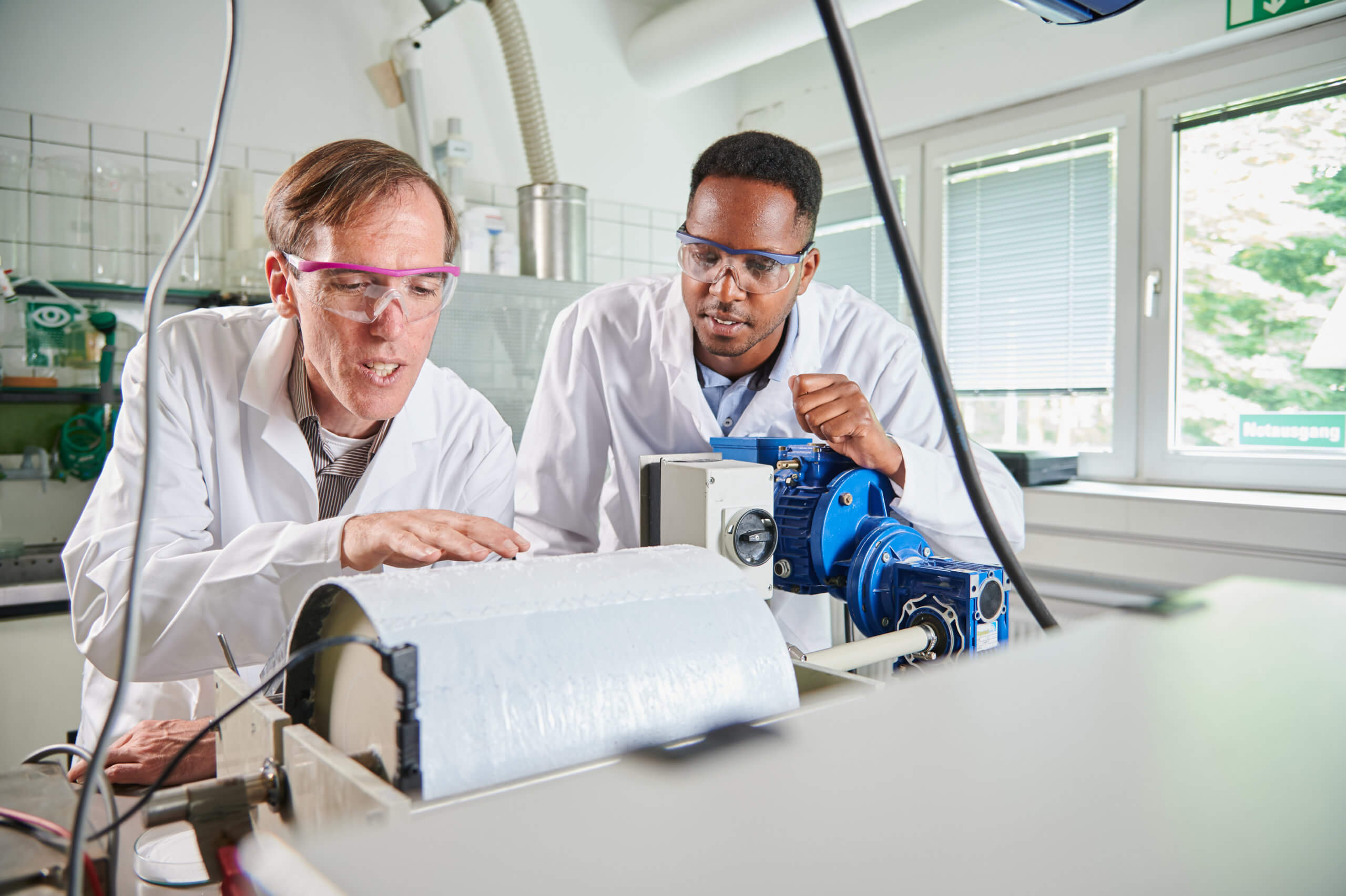
Foresight
Waste plastic as a sustainable resource
Old sportswear as material for new sneakers: Plastic waste can be reused in a sustainable way.

Lightweight and resilient
Multi-talented plastic
Lighter than steel, flexible, corrosion-resistant: three reasons for the success of polyamide 12, underground and in your car.

Pharma Polymers
Healing bones with polymers
The Medical Devices Project House is developing materials that support bone healing and make follow-up operations unnecessary.

Synthetic fibers
Hightech Membranes from Lake Atter
Membranes that could revolutionize the processing of natural gas are being made in the municipality of Schörfling in Upper Austria.
ELEMENTS Newsletter
Get fascinating insights into the research Evonik is conducting, and its social relevance, by subscribing to our free newsletter.

